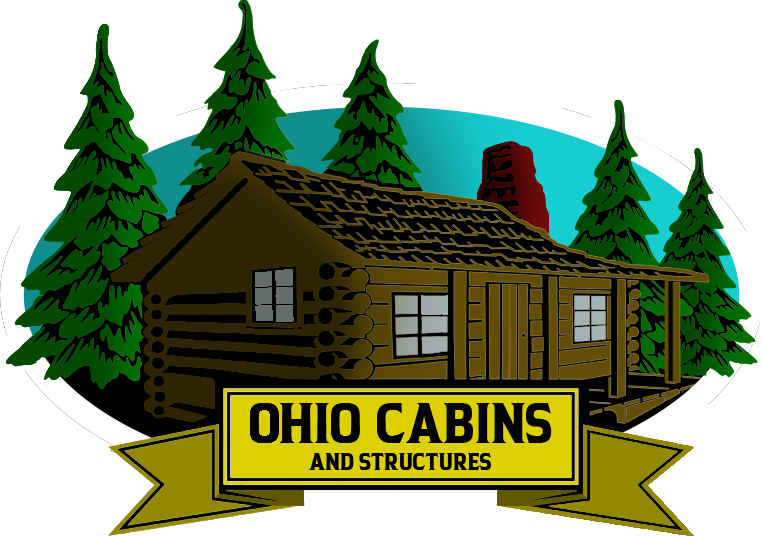Would it ever occur to you that tiny homes have captured the imagination of those who are seeking a simpler & more sustainable lifestyle? Tiny homes offer diverse benefits beginning with finance and environmentally friendly purposes. This ongoing trend is rising in momentum as consumers and investors are left wondering: Are tiny homes a worthwhile investment?
In this blog post by our team at Ohio Cabins & Structures, we will explore the glorious benefits that make tiny homes attractive, and we will provide further insight into whether tiny homes will be the perfect preferential investment for you.
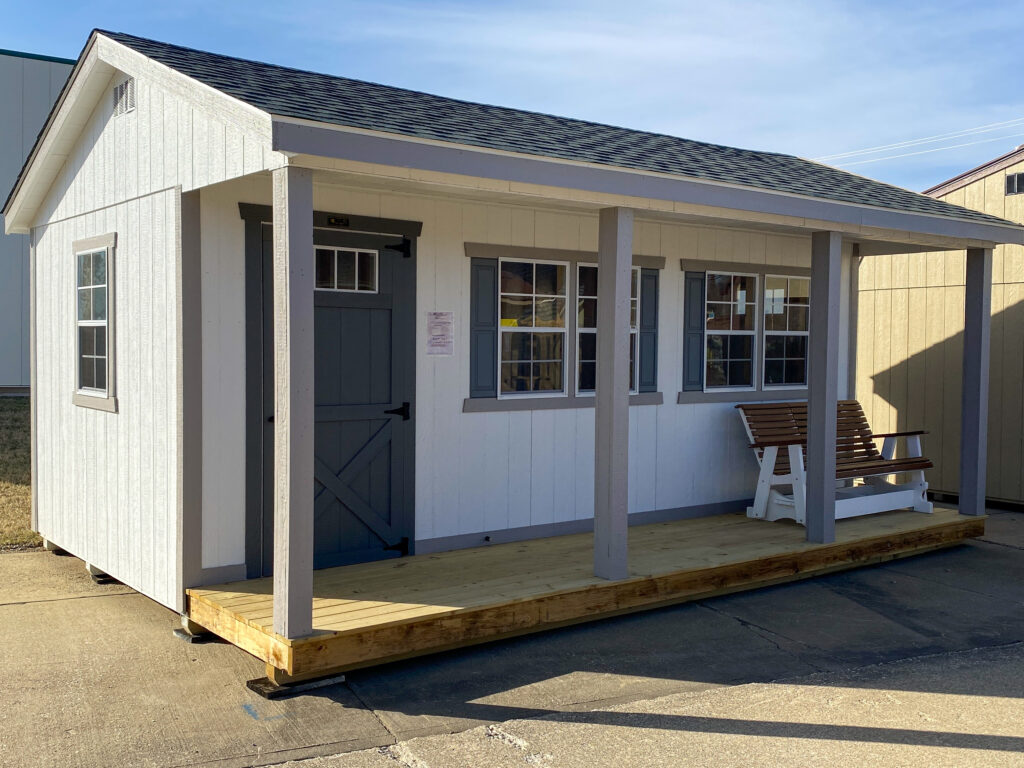
1. Cost-Effectiveness and Affordability
A primary reason people are considering the investment of tiny homes is its cost-effectiveness and affordability. In comparison with traditional homes, tiny homes are dramatically less expensive to build and maintain. This lower cost makes tiny homes an appealing choice for first-time home buyers, retirees, or anyone looking to downsize.
In square footage size, tiny homes typically cost less than traditional ones. The reduced price is due in part to the smaller size and number of materials required for construction. As a result, home buyers can secure a tiny home for a fraction of the cost of a standard house. The financing option for tiny homes has become more accessible than before, making tiny homes an attractive choice for those on limited budgets.
With the rise in labor, maintenance & utility costs, consumers are looking to reduce their budgets by investing in tiny homes. With less space to heat, cool, and clean, homeowners can witness a slash in monthly utility costs. Additionally, tiny homes have incorporated energy-efficient features such as installed solar panels and high-quality insulation. So, say goodbye to that electric bill when you invest in solar panel installation for your tiny home! These savings could translate into higher rental yields or lower operational costs for vacation properties.
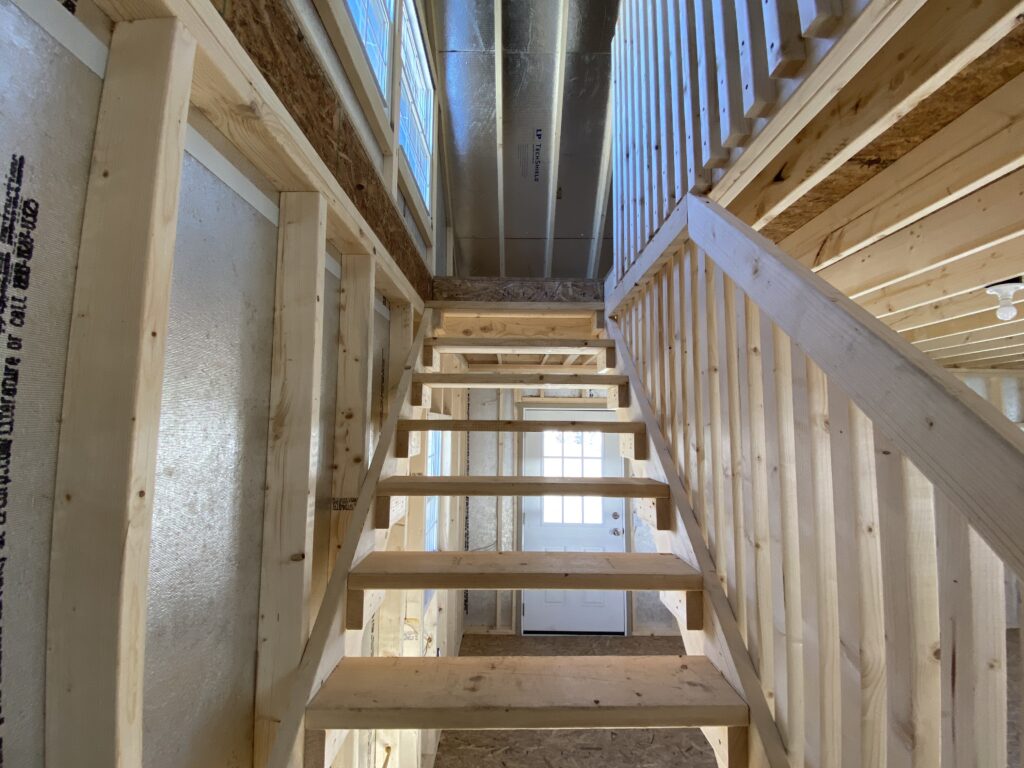
2. Sustainability and Environmental Impact
Tiny homes are celebrated for their benefits for the environment. With the reduction of the overall footprint of a dwelling, tiny homes are contributing to a cleaner and more sustainable way of living.
Tiny homes often use less materials for construction, which minimizes their environmental impact. Their smaller size could also mean less energy required for healing and cooling, leading to lower carbon footprints. Tiny homes feature eco-friendly designed elements such as water-saving fixtures, energy-efficient appliances, and sustainable building materials, aligning with an increased desire for cleaner living.
Occupying a tiny home encourages a minimalist lifestyle, leading to reduced consumption and waste. Homeowners can make more sustainable choices by focusing on essential items and decluttering. For those enthused into making an environmental difference, tiny homes offer you an impactful way to live more consciously.
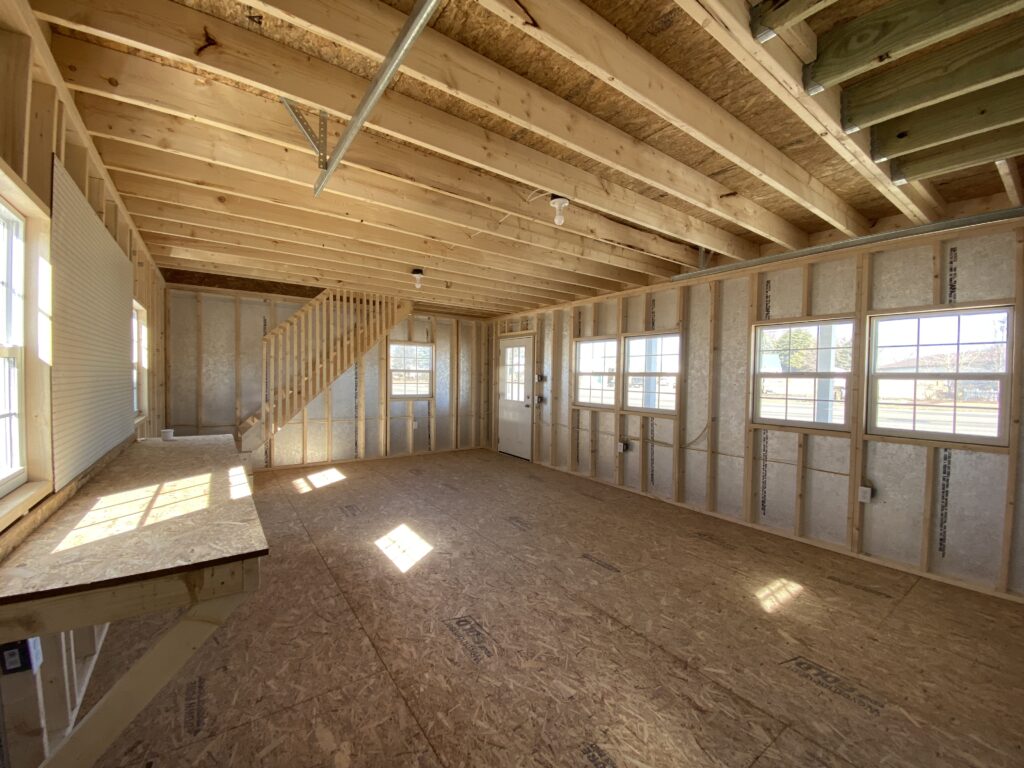
3. Flexibility and Versatility
Tiny homes can offer flexibility and versatility that traditional homes may lack in. Their smaller compact size allows them to be used in a customizable setting and for separate purposes.
With an abundance of alternative uses, tiny homes can serve a variety of functions beyond traditional housing. You have the choice of using your tiny home as a guest house, home offices, vacation rentals, or as an income-generating property. This versatility makes tiny homes an asset for investors yearning to diversify their property portfolios or for homeowners seeking multifunctional spaces.
Tiny homes are built on wheels, allowing them to be relocated with ease. This mobility can be advantageous for those who want the freedom to move their home to multiple locations or for future investors seeking properties in various markets. Mobile tiny homes could be used as a temporary housing solutions in the event of remodeling or for seasonal rentals.
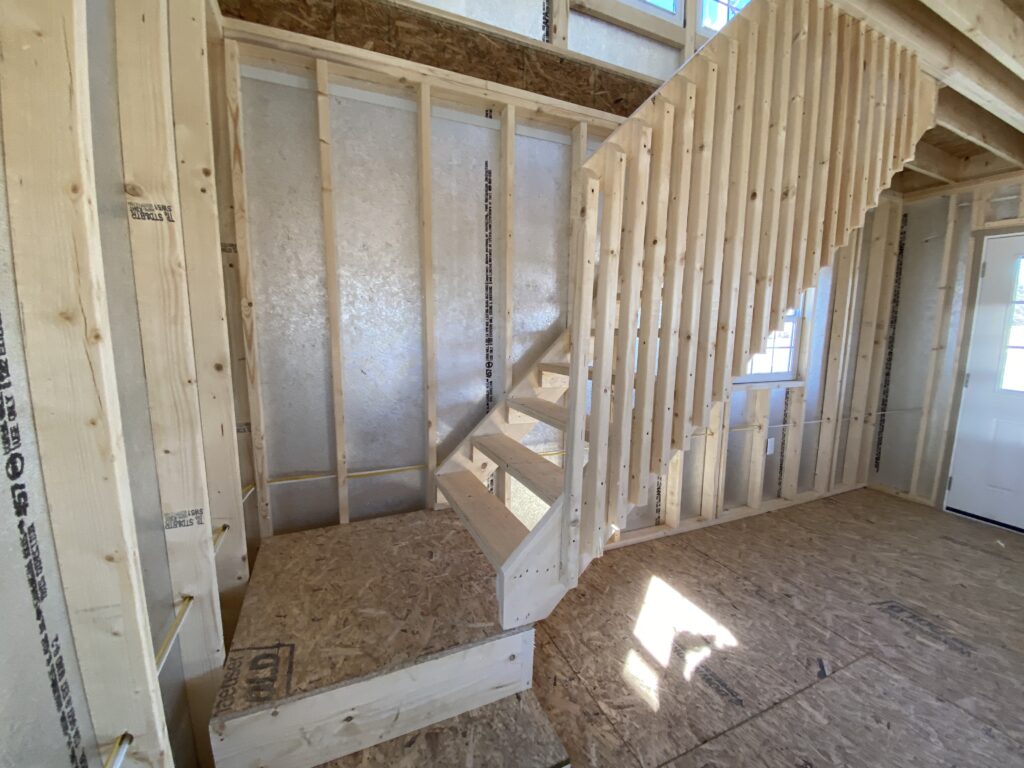
4. Market Demand and Resale Value
The tiny home market has drastically grown in recent years, with the increased demand for affordable and sustainable housing options.
As the ongoing trend continues to rise with the demand for tiny homes, investors are more aware of the benefits of tiny living. This growing interest could positively impact the resale value of tiny homes. Meanwhile, traditional real estate markets may have fluctuating values depending on the location. This niche market for tiny homes has demonstrated consistent demand, which brings advantages for sellers.
For investors, tiny homes provide potential offerings for strong returns. Vacation rentals and short-term leases can generate substantial income, especially in desirable locations. Also, the lower initial investment and ongoing expenses could result in higher profit margins. However, it is essential to research your local regulations and market conditions to ensure that tiny homes are a lasting investment option in your area.
5. Challenges and Considerations
Although tiny homes offer advantages, they also come with challenges that may need consideration prior to investing.
Local zoning laws and building codes impact the feasibility of placing and using a tiny home. Some municipalities have strict regulations with size and types of dwellings allowed, which could affect placements of tiny homes. It is important to research and understand these regulations before purchasing or investing in a tiny home.
Compact sizes of tiny homes present both opportunities and challenges. While their smaller footprint can be efficient, it may limit living space and storage options. Homeowners and investors should carefully evaluate whether the size of a tiny home meets their needs and lifestyle preferences.
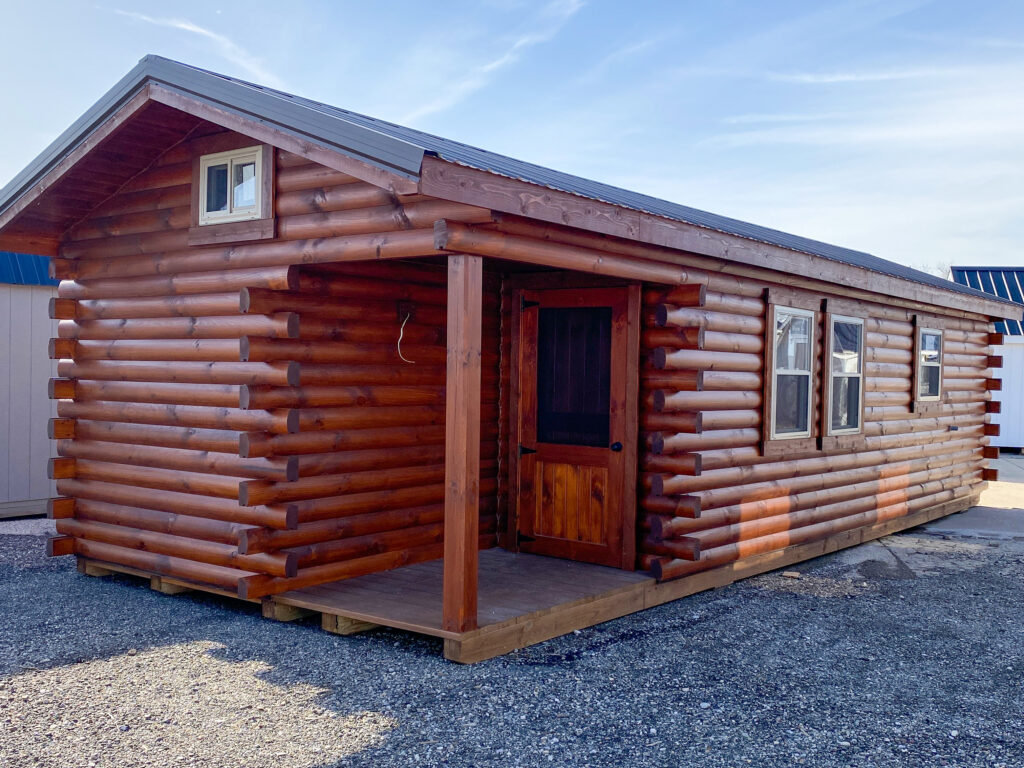
6. Conclusion
Tiny homes present an investment opportunity for any individual or investor. Their cost-effectiveness, sustainability, versatility, and growing market demand make them an attractive option for those yearning for affordable and eco-friendly housing solutions. Our team at Ohio Cabins & Structures are dedicated to helping you explore the potential of tiny homes and providing expert guidance throughout the process. If you are interested in a tiny home for personal use or as an investment property, we can assist you in making critical decisions and achieve your goals with ease. By understanding these benefits and the challenges of tiny homes, you can determine if this innovative housing solution is the perfect investment for you.
Tiny homes present a compelling investment opportunity for many individuals and investors. Their cost-effectiveness, sustainability, versatility, and growing market demand make them an attractive option for those seeking affordable and eco-friendly housing solutions. At Ohio Cabins & Structures, we are dedicated to helping you explore the potential of tiny homes and providing expert guidance throughout the process. Whether you’re considering a tiny home for personal use or as an investment property, we can help you make informed decisions and achieve your goals. By understanding the benefits and challenges of tiny homes, you can determine if this innovative housing solution is the right fit for you.
